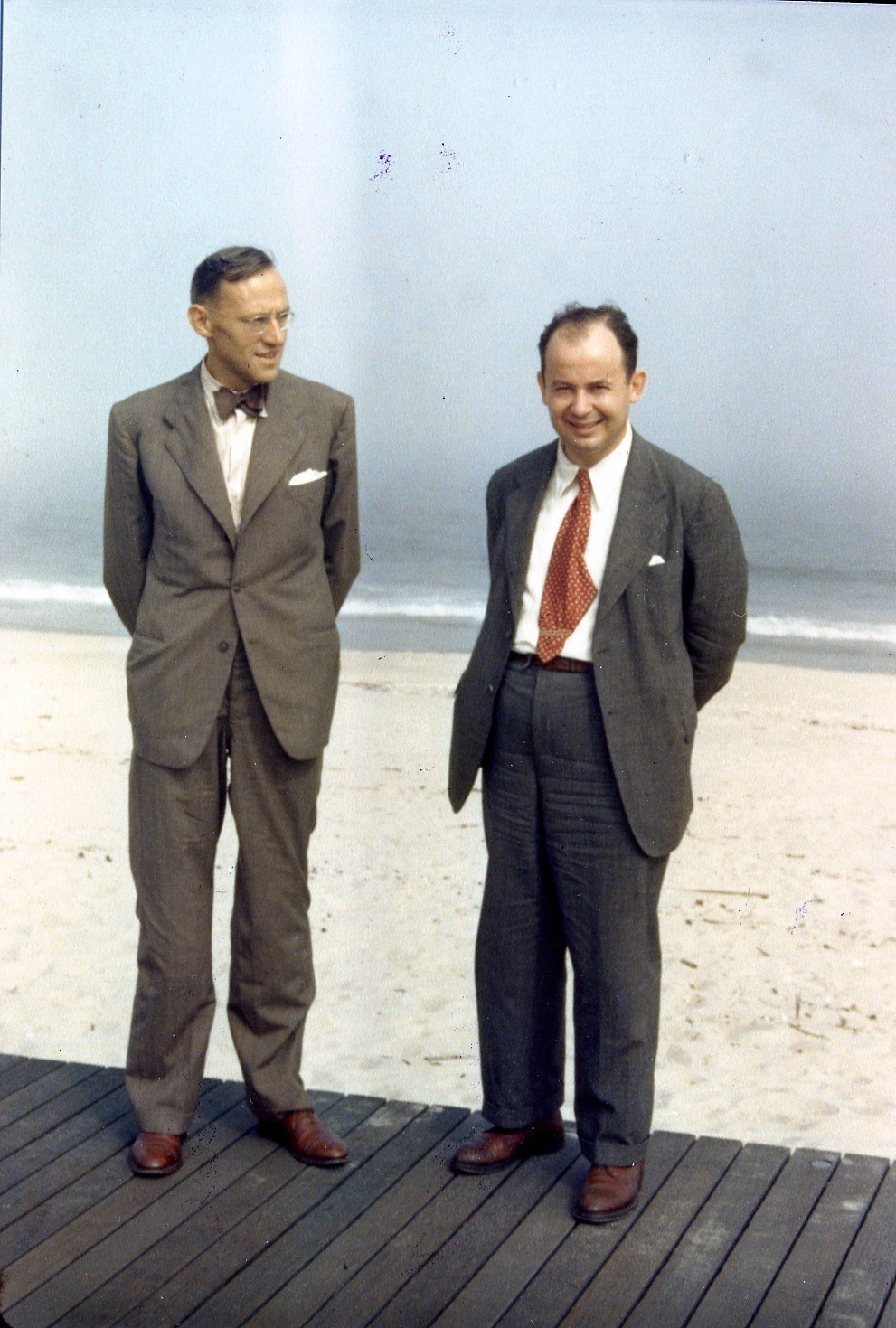Click here and press the right key for the next slide.
(This may not work on mobile or ipad. You can try using chrome or firefox, but even that may fail. Sorry.)
also ...
Press the left key to go backwards (or swipe right)
Press n to toggle whether notes are shown (or add '?notes' to the url before the #)
Press m or double tap to slide thumbnails (menu)
Press ? at any time to show the keyboard shortcuts
Expected Utility

decision theory
How do rational agents decide which of several available actions to perform?




I don’t understand expected utility
















expected utility
is a bit like
the value of a bet




Terminology
actions have outcomes
(Jeffrey: outcome = ‘consequence’)
which outcome an action causes depends on **conditions**
subjective probabilities attach to conditions.
preferences rank outcomes
expected utilities attach to actions.
(Jeffrey: expected utility = ‘estimated desirabilities’)
Jeffrey (1983)
so far: the representation
next step: the theory

‘we wish to find the mathematically complete principles which define “rational behavior” for the participants in a social economy, and to derive from them the general characteristics of that behavior’
(Neumann et al., 1953, p. 31)